12 Rare Muscle Cars That Defined American Power
American muscle cars from past decades continue to draw interest because of their strong engines, striking designs, and limited production runs that made them stand out on the road. Many of these rare models shaped the way people viewed high performance in the United States, with powerful V8 engines and memorable styling that left a lasting mark on car culture. This collection highlights some of the most sought-after machines that still capture attention from collectors and enthusiasts who appreciate classic American strength and history.
This post may contain affiliate links, which helps keep this content free. Please read our disclosure for more info.
1969 Chevrolet Camaro ZL1

The 1969 Chevrolet Camaro ZL1 gained attention for its rare aluminum 427 engine, which came directly from a racing program. This engine gave the car an impressive level of strength, making it feel far more advanced than many of its rivals at the time. Its lightweight build helped it move with surprising speed, which made drivers feel the difference the moment they pressed the pedal. The ZL1 stood out because it combined racing DNA with a street-legal body, something that was uncommon during that period.
Only a limited number were produced, which created a sense of rarity that continues today. Collectors value this model because each unit feels like a piece of racing history packaged in a classic American design. Many original owners remembered how the car demanded skill on the road due to its immense power. Over the decades, the ZL1 became one of the most expensive Camaros in existence, with pristine examples reaching high auction prices.
1970 Plymouth Hemi Cuda
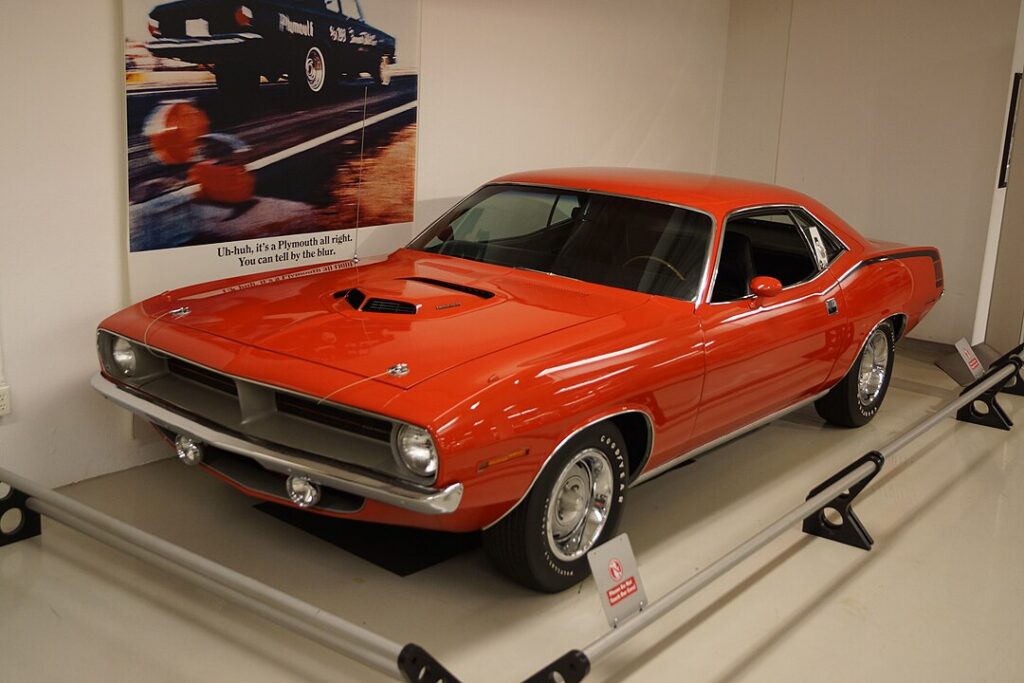
The 1970 Plymouth Hemi Cuda gained recognition for its striking style and the powerful 426 Hemi engine under the hood. The car delivered a raw and unmistakable sound that set it apart from other models during that decade. Drivers often described the Hemi Cuda as a machine that pushed forward with strong force the moment it launched. Its bold stance and wide body added to the strong presence it carried both on the street and in drag racing circles.
Production numbers for Hemi-equipped models were extremely low, which helped them reach impressive collectible value. Many buyers at the time hesitated due to the price of the engine option, which created unintended scarcity that benefits collectors today. Surviving examples often appear in auctions where they draw interest from enthusiasts who admire American strength from a golden era of performance cars. The Hemi Cuda remains a lasting symbol of raw power and limited production, placing it among the rarest muscle machines ever made.
1967 Shelby GT500 Super Snake

The 1967 Shelby GT500 Super Snake became one of the most talked-about performance cars of its time due to its unique build and extremely limited production. It carried a special racing engine similar to the one used in the Shelby Daytona Coupe, which gave it remarkable speed. The car was created for tire testing, which added to its unusual story and one-of-a-kind status. With a striking design and strong mechanical foundation, the Super Snake felt like a step above ordinary muscle cars.
Only one or two examples were ever produced, which turned the Super Snake into one of the rarest American cars in existence. Collectors value it both for its performance and for the story behind its creation. When it appeared at auctions decades later, its rarity pushed its value to remarkable levels. Many enthusiasts consider it a legendary symbol of Shelby ingenuity and American performance history.
1971 Plymouth Hemi GTX

The 1971 Plymouth Hemi GTX held a powerful presence during an era when large engines were starting to fade from the market. It carried the same respected 426 Hemi engine that made other models famous, giving it strong acceleration and a commanding sound. Its wide stance and sharp body lines helped it stand out visually among other muscle cars of the early seventies. The GTX offered a mix of comfort and extreme strength that drivers admired.
Because only a small number were sold with the Hemi engine that year, the model became a valuable collectible. Many of the original cars were used heavily, which made surviving examples even more special. Enthusiasts prize the 1971 Hemi GTX for representing the final years of true high-powered American muscle. Its combination of rarity and strong performance keeps it in high demand among collectors.
1969 Dodge Charger Daytona

The 1969 Dodge Charger Daytona became famous for its striking aerodynamic design that helped it dominate racing tracks. Its tall rear wing and pointed nose cone gave it a distinctive shape that separated it from regular Chargers. Under the hood, many models carried the powerful 426 Hemi engine, adding impressive strength to its racing-inspired structure. The Daytona was created specifically to win NASCAR races, and it accomplished that goal with confidence.
Production numbers were low because the design was specialized and costly to produce. This helped the Daytona rise in value among collectors who appreciate both its engineering and its racing history. Many surviving examples remain treasured pieces in private collections due to the car’s unique look and rare production run. Its blend of style, engineering, and racing heritage makes it one of the most memorable muscle cars ever built.
1970 Dodge Challenger R/T Hemi
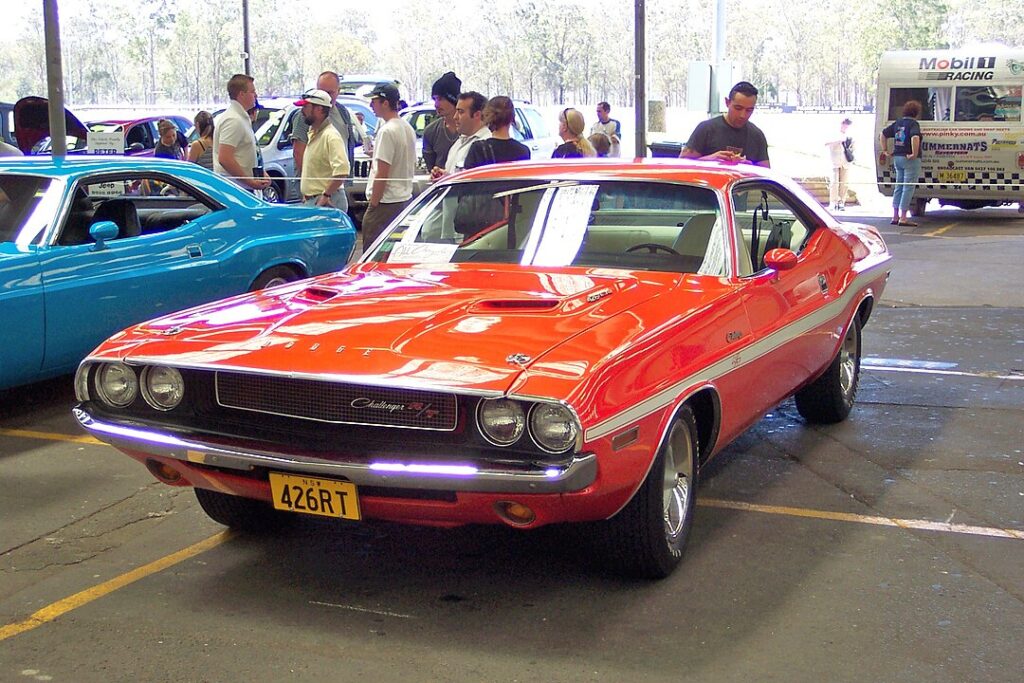
The 1970 Dodge Challenger R/T Hemi earned a respected position in muscle car history thanks to its strong styling and high-output 426 Hemi engine. Its long hood and wide body created a confident stance that many buyers admired. The Challenger R/T also delivered impressive acceleration that helped it stand out on the street. Drivers appreciated the combination of power and comfort the model offered.
Models equipped with the Hemi engine were produced in very small numbers, which added a strong collectible appeal. Many of these cars were pushed hard by owners due to their high performance, leaving fewer well-preserved examples. This scarcity increased interest among collectors who value the Challenger’s place in American car culture. Today, the model remains a prized symbol of early seventies muscle car strength.
1965 Shelby GT350R
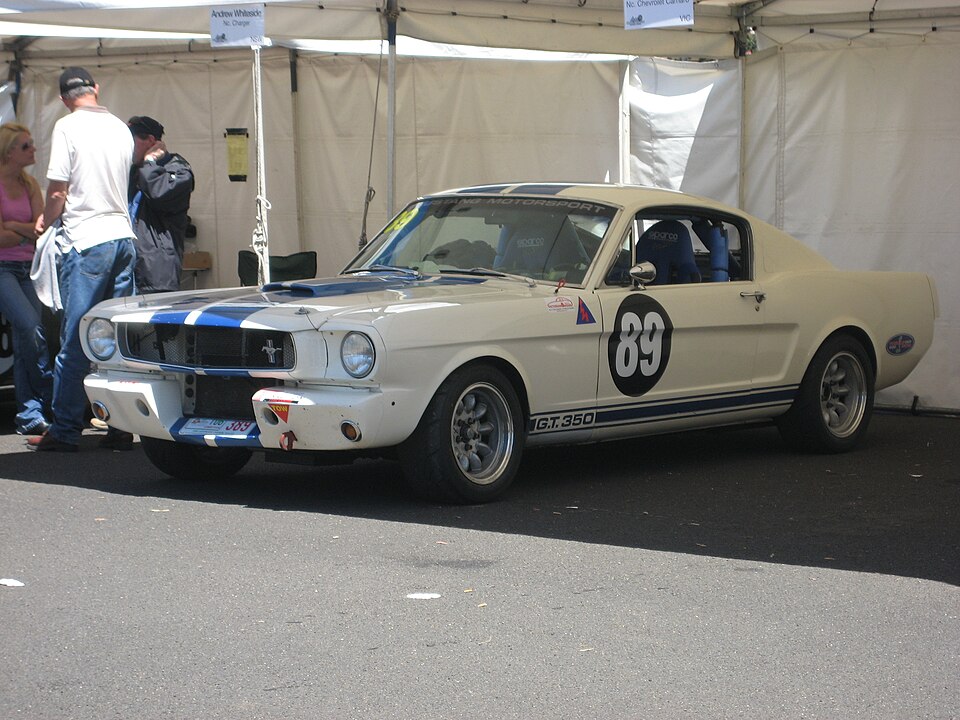
The 1965 Shelby GT350R gained a solid reputation for its success on the race track. It was built with lightweight components that helped it move with great speed during competitions. Shelby designed the GT350R specifically for racing, which made it far stronger than the standard versions sold for the street. Its iconic white paint and blue stripes turned it into a recognizable figure in motorsports.
Production was strictly limited, which made surviving examples extremely desirable. Many of these cars won races, adding historical value to each unit that remains today. Collectors admire the GT350R because it represents the early years of Shelby performance engineering. Its combination of rarity, racing success, and classic styling places it among the most respected American performance cars.
1971 Chevrolet Corvette LS6
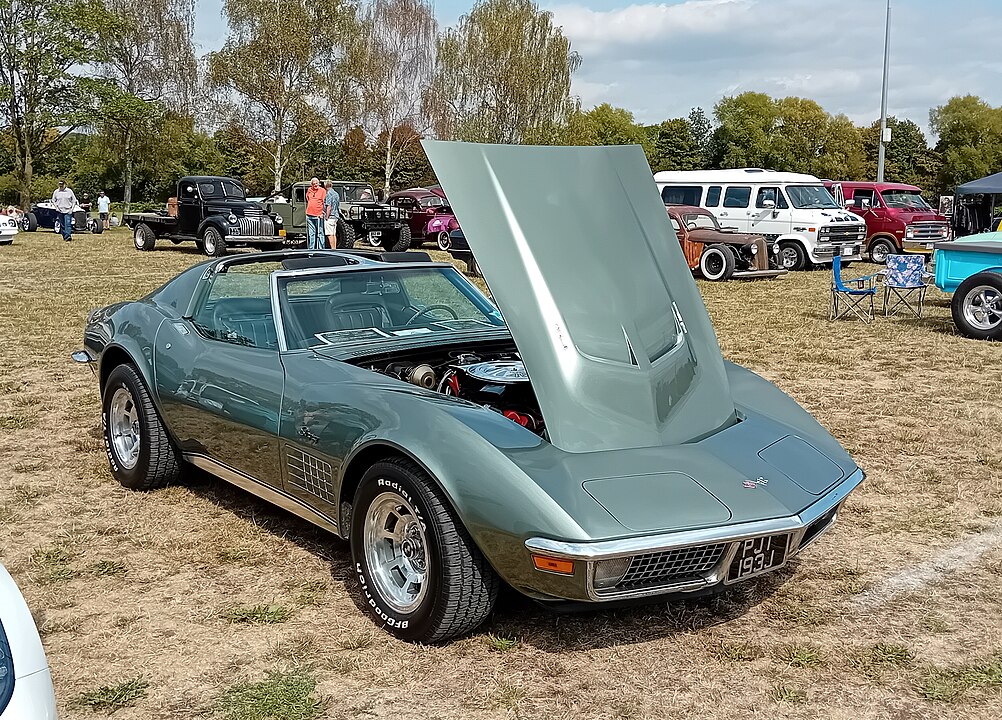
The 1971 Chevrolet Corvette LS6 became admired for its strong 454 engine, which placed it among the most powerful Corvettes of its era. It delivered impressive torque and a deep exhaust tone that gave the car a commanding presence. The LS6 engine option was expensive at the time, which limited the number of buyers. This helped turn the model into a rare find over the years.
Collectors appreciate the LS6 Corvette due to its mix of American power and classic late sixties and early seventies styling. Only a very small number were produced, making well-preserved examples hard to find. The car represents an important moment in Corvette history before performance standards began to shift in later years. Its rarity and strong engine help keep it in high demand among enthusiasts.
1968 Dodge Charger R/T Hemi

The 1968 Dodge Charger R/T Hemi became well known for its bold appearance and the strength of its 426 Hemi engine. The Charger’s fastback profile and wide grille made it stand out immediately. Drivers admired how the model could move with convincing force while maintaining a smooth ride. The interior offered comfort that balanced its strong mechanical power.
Hemi-equipped versions were made in limited numbers, which increased their collectible value many years later. Many early owners used these cars heavily due to their strong performance, leaving few untouched examples. Enthusiasts prize the 1968 Charger R/T Hemi for its connection to a golden era of American muscle cars. The model remains a favorite in auctions and car shows.
1970 Buick GSX Stage 1
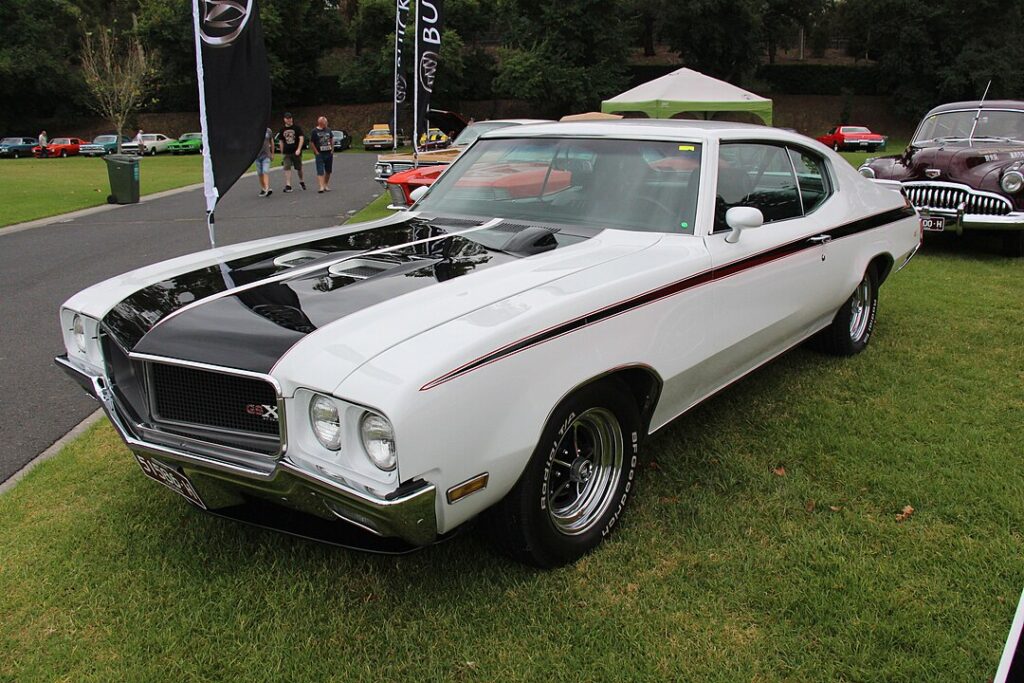
The 1970 Buick GSX Stage 1 offered significant strength thanks to its high-output 455 engine that delivered impressive torque. It was known for moving with strong force while still offering comfort inside the cabin. Its sporty graphics and large rear spoiler gave it a distinct look compared to other Buick models of that time. Drivers appreciated how the GSX Stage 1 managed to blend comfort with notable performance.
Its production run remained small, which helped it develop a dedicated following among collectors. Many respect the GSX Stage 1 for showing that Buick could produce a powerful performance car when given the opportunity. Surviving cars often achieve high values due to their combination of rarity and strong performance history. It remains one of the most admired Buicks ever built.
1969 Ford Mustang Boss 429
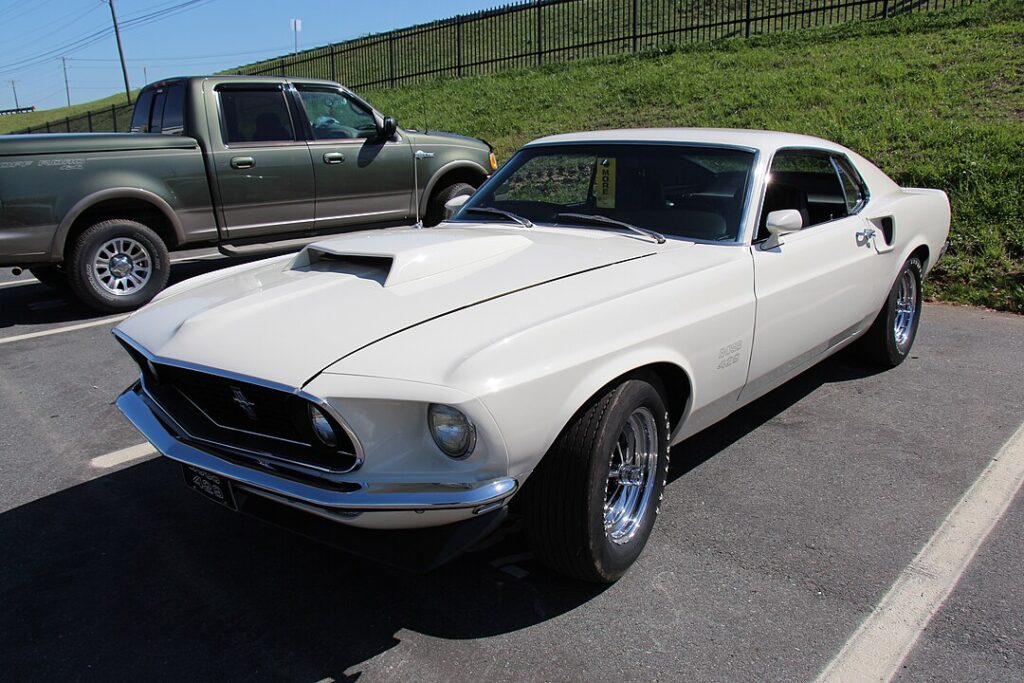
The 1969 Ford Mustang Boss 429 became famous for its unique engine, which was built to support racing efforts. The car featured widened front wheel wells to fit the massive powerplant, giving it a muscular stance. Drivers admired the Boss 429 for its smooth yet forceful acceleration. Its low production numbers made it stand out among Mustangs of its era.
Collectors value the Boss 429 because it offered a rare engine that did not appear in many Ford models. Each car was hand-modified, which added to its rarity and special character. Well-preserved examples often achieve strong auction prices due to collector interest. The Boss 429 continues to be one of the most recognized high-performance Mustangs.
1970 Oldsmobile 442 W30
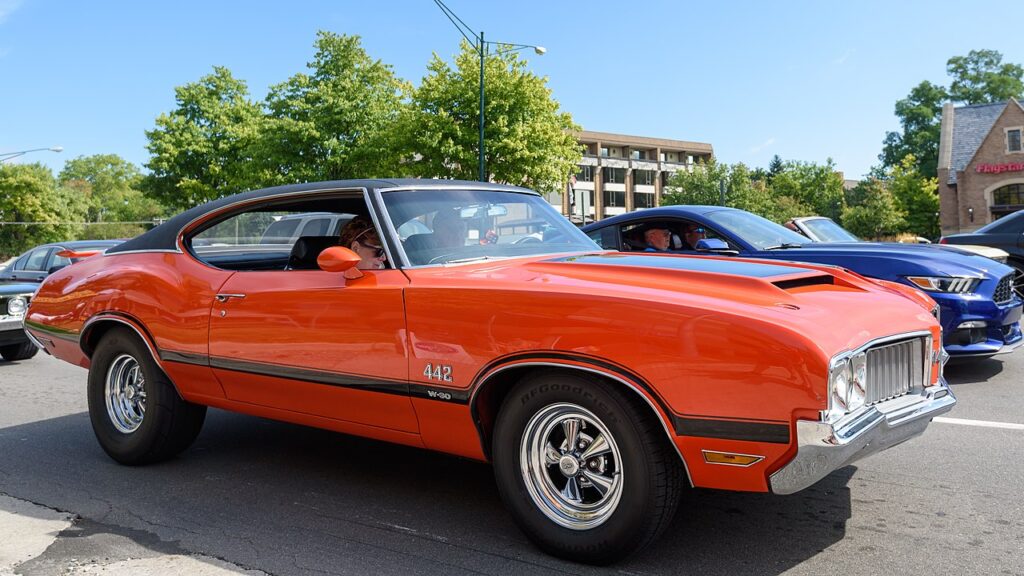
The 1970 Oldsmobile 442 W30 earned a place among high-performance cars thanks to its strong 455 engine and aggressive styling. It delivered quick acceleration and confident handling that made it enjoyable to drive. The W30 package added functional enhancements that improved airflow and overall performance. Its balanced design helped it appeal to a wide range of car enthusiasts.
Production numbers for the W30 models remained limited, especially for convertibles. This helped the model become a rare collectible in later years. Collectors appreciate the 442 W30 for its strong performance and its unique position among Oldsmobile models. The car continues to hold value due to its rarity and historical importance.
This article originally appeared on Avocadu.
